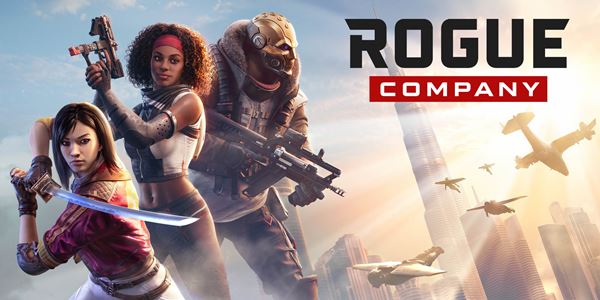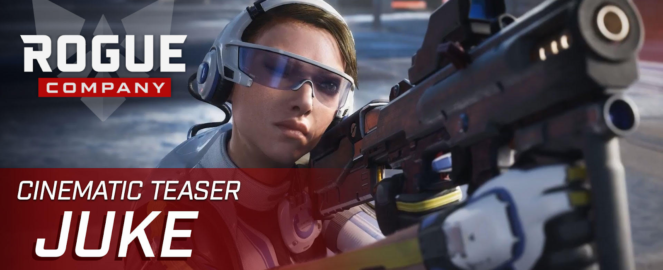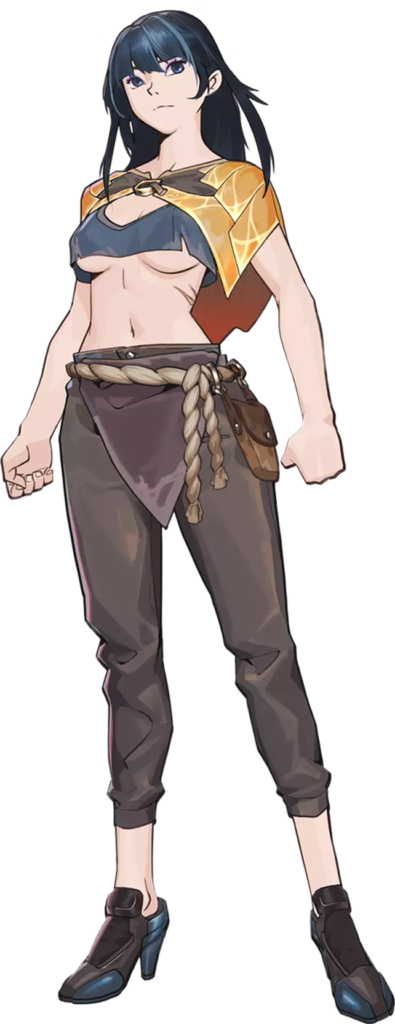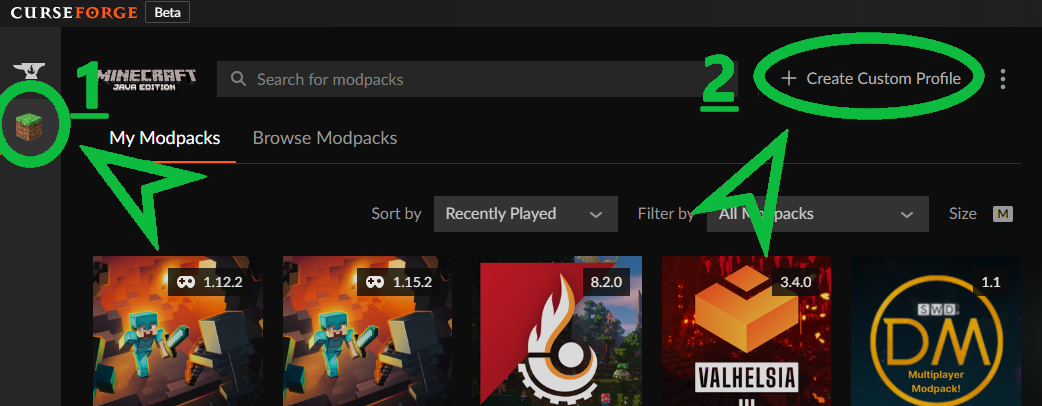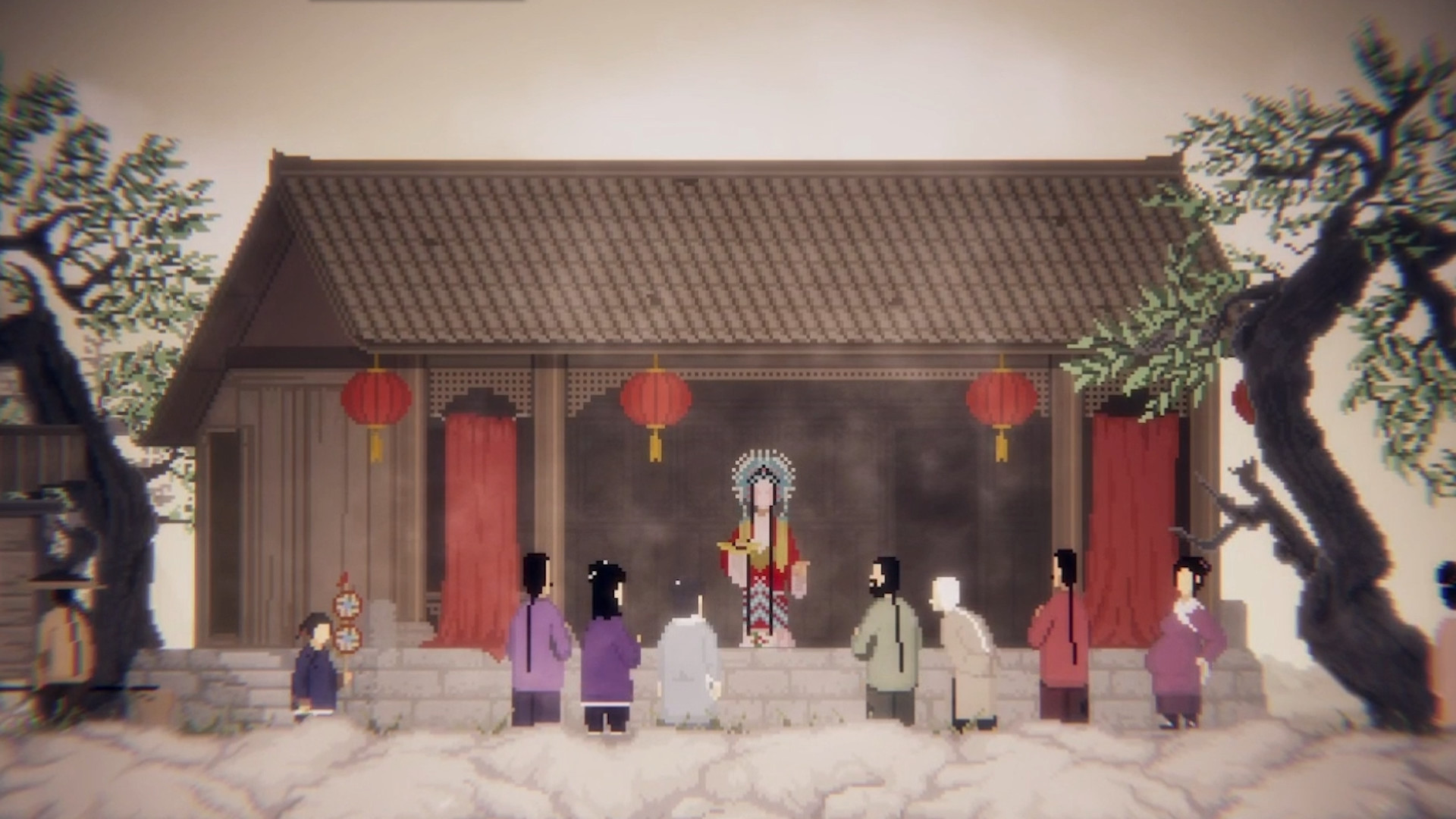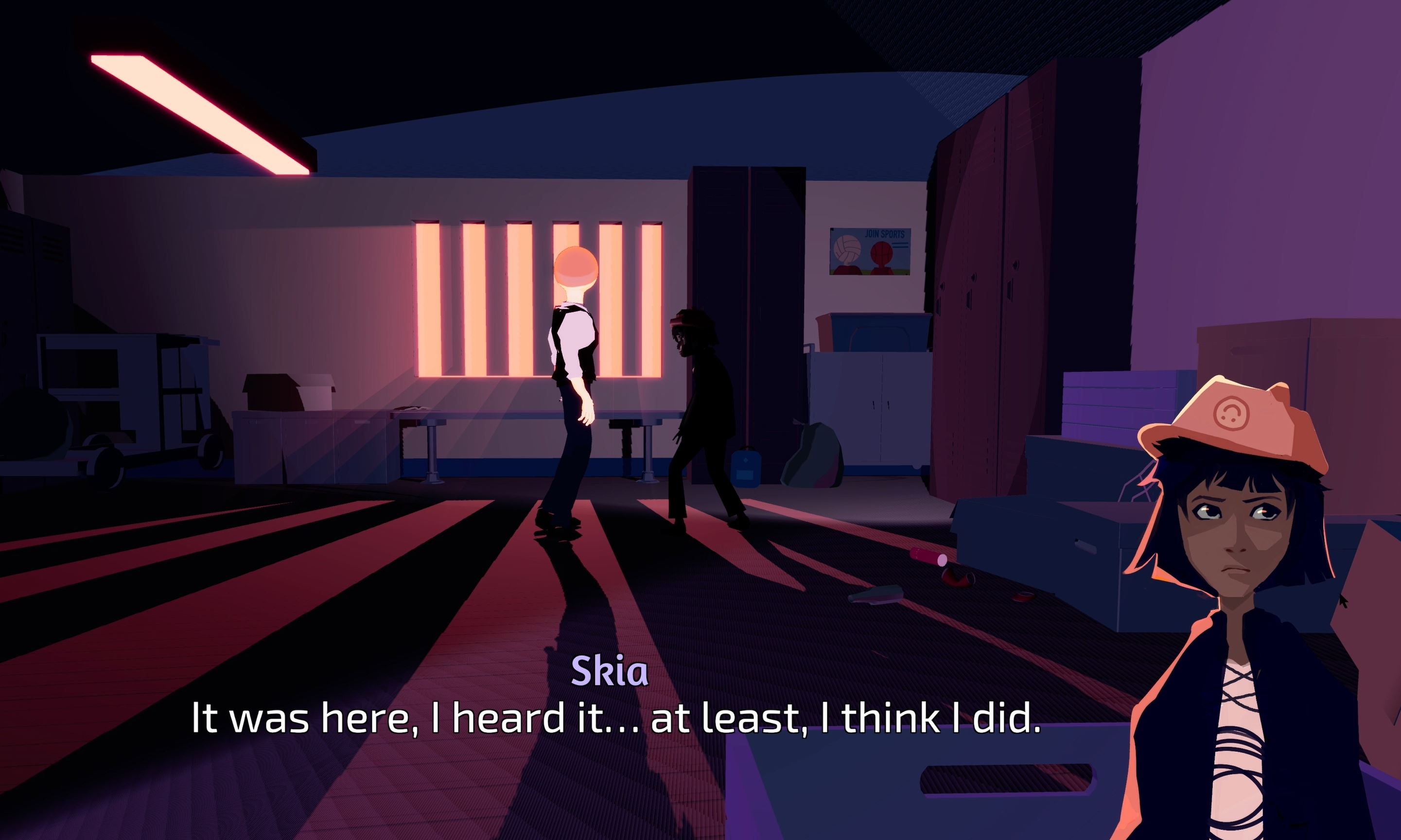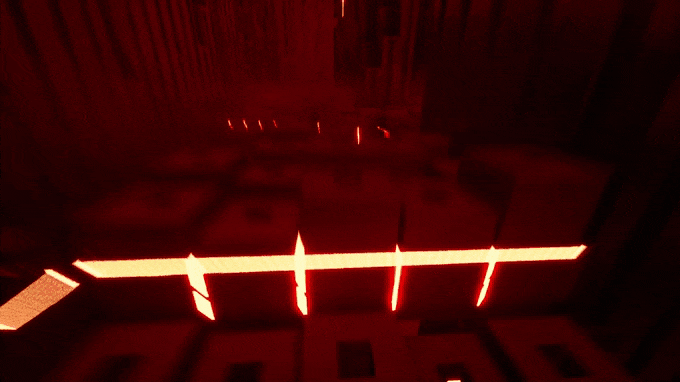Rogue Company
Top Scientist ‘Juke’ Revealed as Upcoming Character
From big tech company to Rogue Company
ATLANTA – MAY 25 – Today, Rogue Company reveals in a cinematic trailer their new peppy recruit, Juke. She will become the 25th playable Rogue with the next game update, scheduled for June. All details will become available soon.
In Rogue Company’s first narrative event two weeks ago, Juke’s Gambit, preliminary details were revealed to players. Juke is the woman responsible for the engineering of the world’s first fully sentient Artificial Intelligence, as she used to be the brilliant brains of big tech company Furmi.62. Now that her life’s work has potentially been stolen by Jackal, the Rogues’ rivals, she rallies Rogue Company in search of answers.
On the battlefield, Juke’s distinguishing mark will be her rocket boots. Both on the ground and mid-air, they allow her dodge roll to turn into a dash, propelling her forward in the blink of an eye. This makes Juke the most mobile Defender to date. To secure objectives, she can deploy a laser defense drone standing guard and continuously firing at enemies until destroyed.
May 26, 2022 3pm – All details about Juke will be shared during the Update Show on YouTube.
June 7 – Everyone will be able to unlock Juke just by playing Rogue Company.
